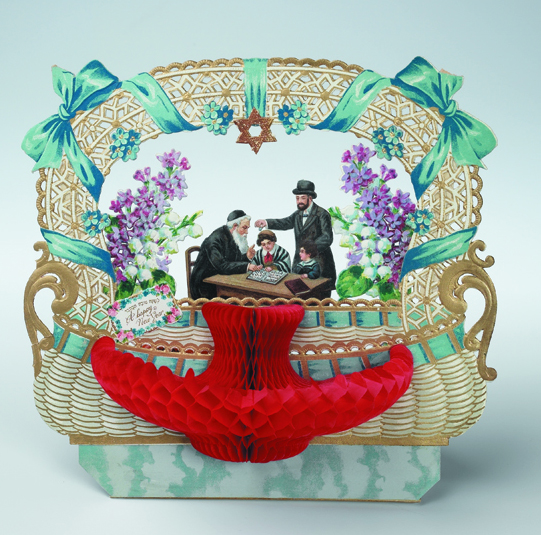There's something about the sea that captivates. Perhaps it's the play of light on the water's surface or the inexorability of its motions: back and forth, back and forth, it goes. Whatever the reasons, the sea beckons. Its hold on us is even more irresistible when joined to rituals such as tashlich, the symbolic casting of our sins into the water, an activity that is as much a part of the Rosh Hashana repertoire of extra-synagogal things to do as eating a new fruit or dousing it with honey.
 Little wonder, then, that over the years tashlich has held its own.
Little wonder, then, that over the years tashlich has held its own.
Wherever Jews lived -- in England, France, the United States, Turkey or India -- they could be found on the first day of the Jewish New Year, standing by a body of water, be it ocean, river, lake, stream, pond or creek. Some clutched clumps of bread in their hands, which they then throw into the current: away, away with our wrongdoings!
Others, like the Bene-Israel, made use of a small pamphlet, The Remission of Vows and the Prayer Offered on the Sea Shore.
Published in Bombay in 1864 by the Bene-Israel Improvement Society, probably as a fundraising device, this humble, 20-page compendium -- another one of the Kiev Collection's treasures -- contains all manner of prayers. Most of them would be familiar to those of us who know our way around the mahzor, the liturgical text used on Rosh Hashana -- familiar, that is, if we could read Marathi.
With the exception of the title page and the frontispiece -- which, in a show of typographic derring-do, featured seven different kinds of English-language fonts, and the occasional appearance of Hebrew, whose hand-set aleph tilts mischievously to the right -- the entire text is written in this ancient Indian language.
Of a different order, but equally compelling, is Tashlich at Turtle Rock, a recently published children's book by Susan Schnur and Anna Schnur-Fishman.
Intended for youngsters between the ages of five and nine, it links the modern conventions of the adventure yarn to those of the ancient ritual, heartening its readers along the way.
From the shores of the Arabian Sea to a creek at Turtle Rock, from the mid-19th century on through the 21st century, Jewish life ebbs and flows.
Image credit: Kiev Collection.

 Much the same could be said of yet another Jewish cultural institution:
Much the same could be said of yet another Jewish cultural institution: 